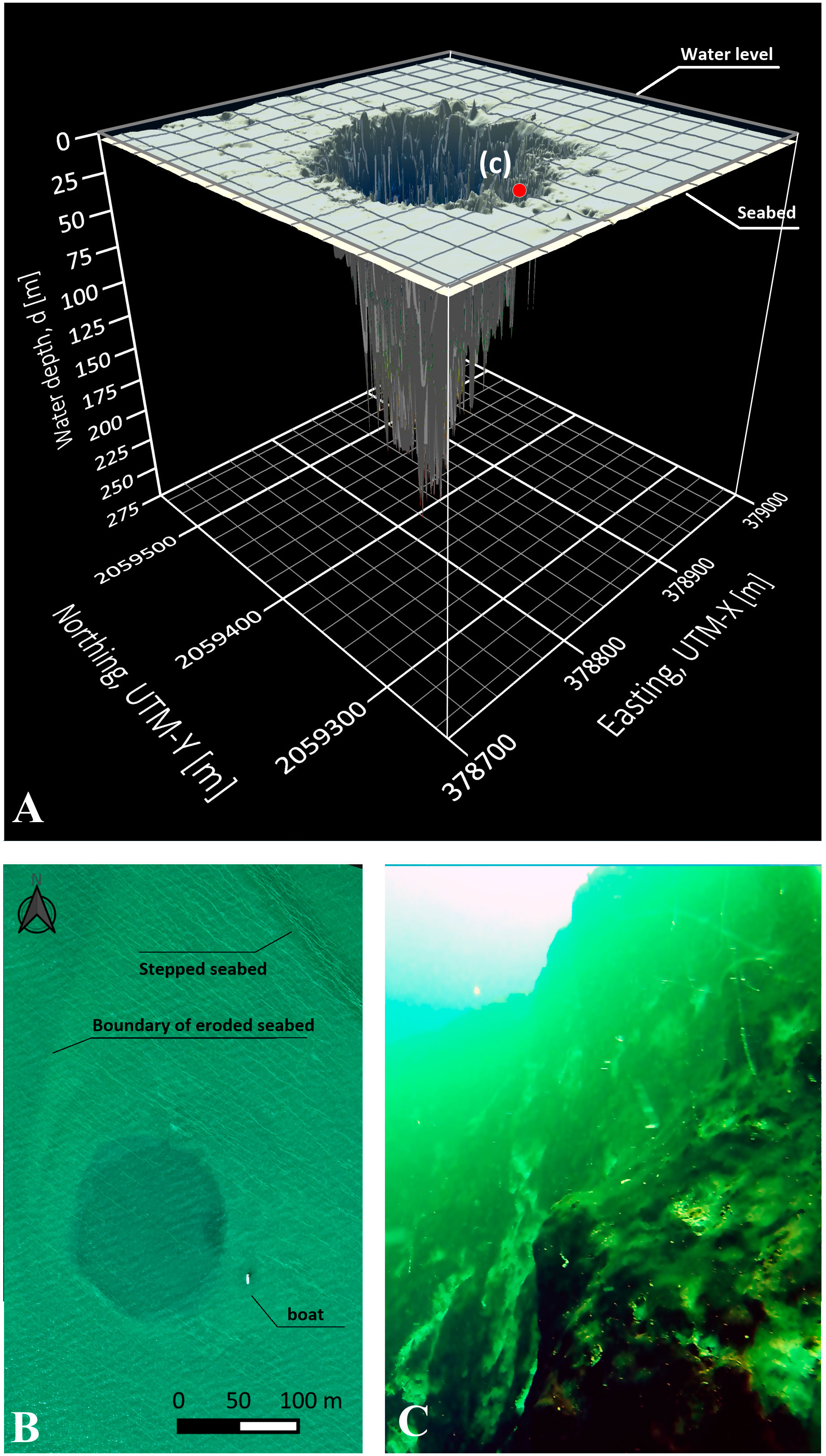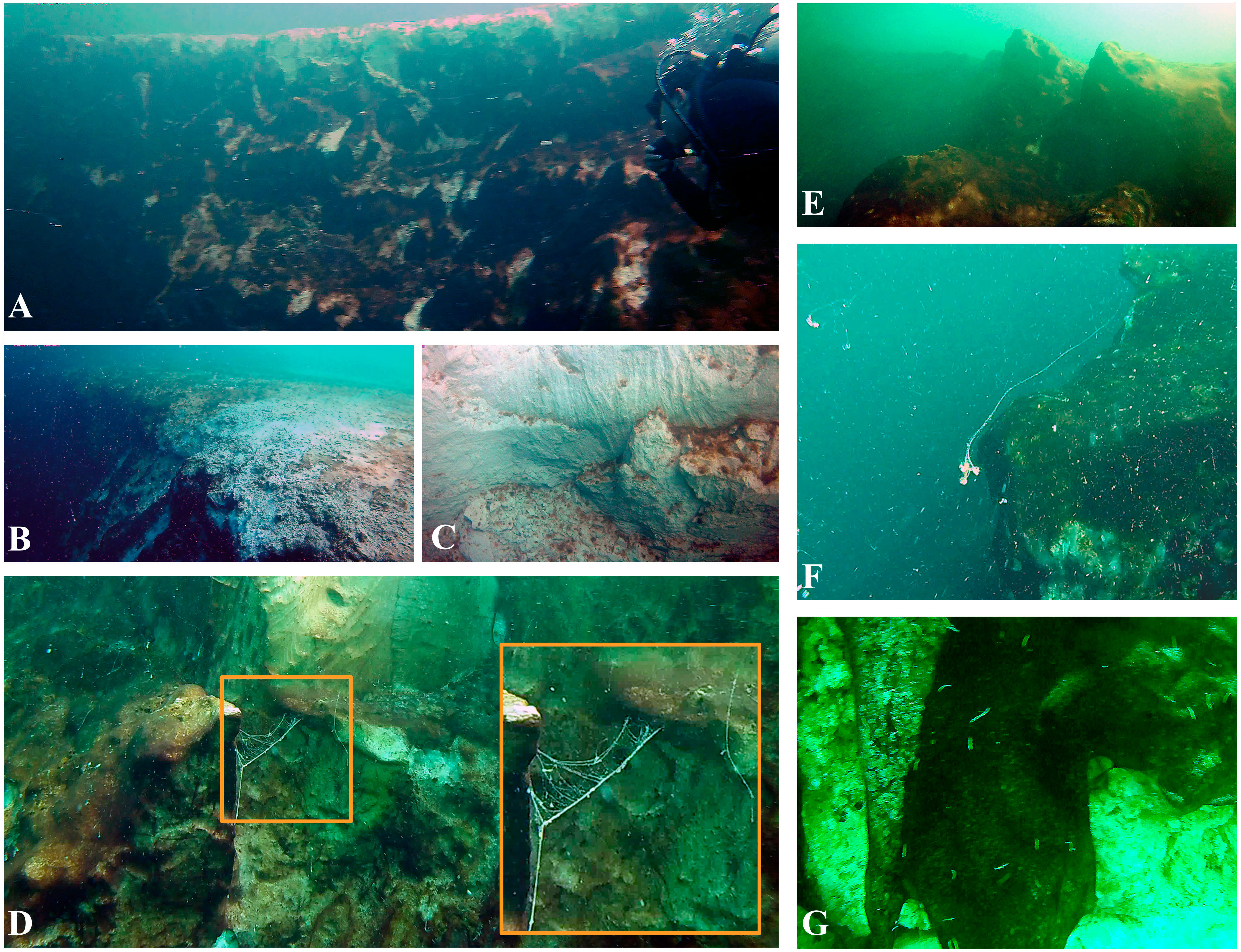Surprise discovery of world's 2nd deepest blue hole could provide window into Earth's history
The second deepest blue hole in the world has been discovered off the coast of the Yucatan Peninsula in Mexico. The giant, underwater cavern is around 900 feet deep and spans an area of 147,000 square feet.

The second deepest blue hole in the world has been discovered off the coast of the Yucatan Peninsula in Mexico. The giant, underwater cavern, located in Chetumal Bay, is around 900 feet (274 meters) deep and spans an area of 147,000 square feet (13,660 square meters).
That's just shy of the record set by the world's deepest known blue hole — the Dragon Hole in the South China Sea — which was discovered in 2016 and is thought to be more than 980 feet (300 m) deep.
Blue holes are large, undersea vertical caves or sinkholes found in coastal regions. Many contain a high diversity of plant and marine life, including corals, sea turtles and sharks. The one in Chetumal, named Taam Ja’ which means "deep water" in Mayan, has steep sides with slopes of almost 80 degrees, and the mouth of the cavern sits around 15 feet (4.6 m) below sea level. Scientists from El Colegio de la Frontera Sur (Ecosur), a public research center coordinated by Mexico's National Council of Science and Technology (Conacyt), first discovered it in 2021. A study of the find was published Feb. 23 in the journal Frontiers in Marine Science.

Blue holes form when sea water meets limestone. Limestone is very porous, so water easily permeates the rock, enabling chemicals in the water to react with the limestone, eating it away. Many of the world's blue holes likely formed during past ice ages, when the repeated flooding and draining of coastal areas eroded the rock and created voids. When the last ice age ended around 11,000 years ago and sea levels rose, these caverns filled with water and some were completely immersed.
Related: Strange 'alien' holes discovered on the ocean floor
Because blue holes are so hard to reach, scientists haven't studied many of them.

Get the world’s most fascinating discoveries delivered straight to your inbox.
“They are largely poorly understood,” Christopher G. Smith, a coastal geologist at the U.S. Geological Survey (USGS) who has studied other submarine sinkholes but was not involved in the latest research, told Live Science in an email. Smith added that the unique seawater chemistry in blue holes suggests they may interact with groundwater and possibly aquifers — bodies of rock or sediment that hold groundwater.
Blue holes contain little oxygen, and sunlight only shines on the surface. Despite these conditions, the gigantic voids are teeming with life that has adapted to the low-oxygen environment.
Blue holes may offer a snapshot of what life was like thousands of years ago. Without much oxygen or light, fossils can be well-preserved, enabling scientists to identify the remains of extinct species, the researchers noted in the study.
Blue holes may also tell us more about life on other planets. In 2012, researchers peering into blue holes in the Bahamas found bacteria deep in the caverns where no other lifeforms dwelled. Such findings could offer clues as to what life may exist in the extreme conditions elsewhere in our solar system.

Lydia Smith is a health and science journalist who works for U.K. and U.S. publications. She is studying for an MSc in psychology at the University of Glasgow and has an MA in English literature from King's College London.


